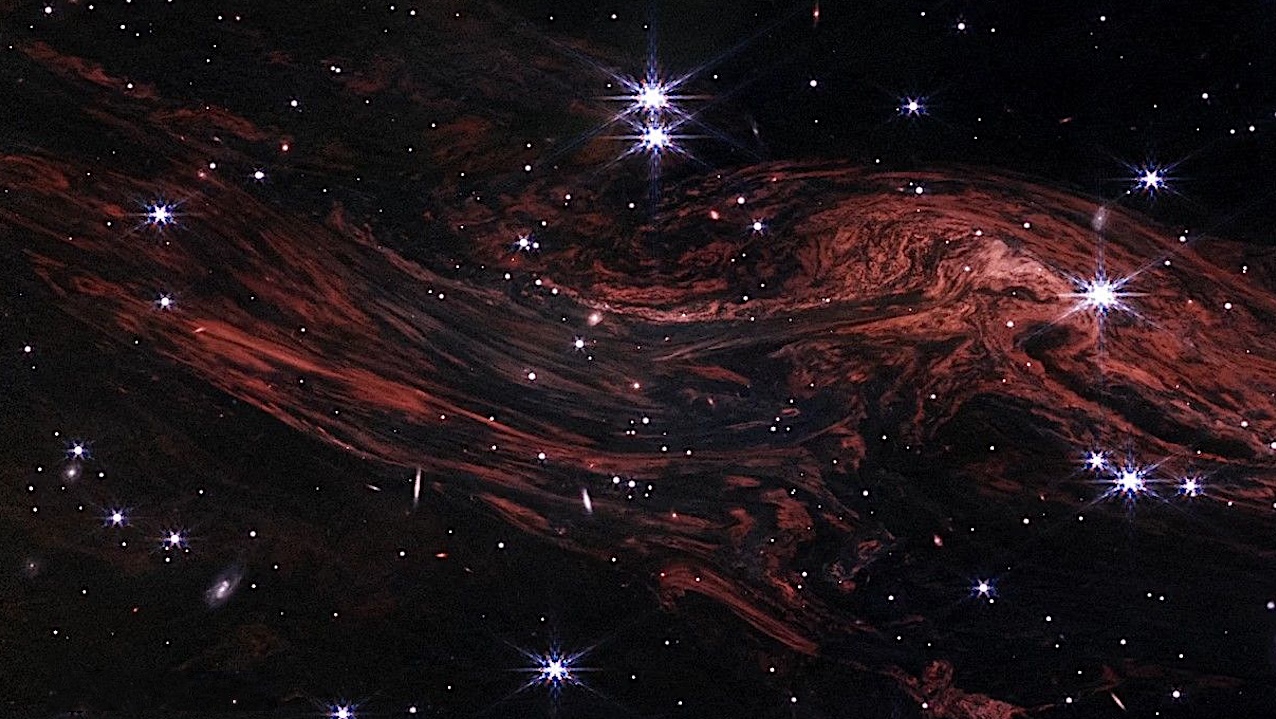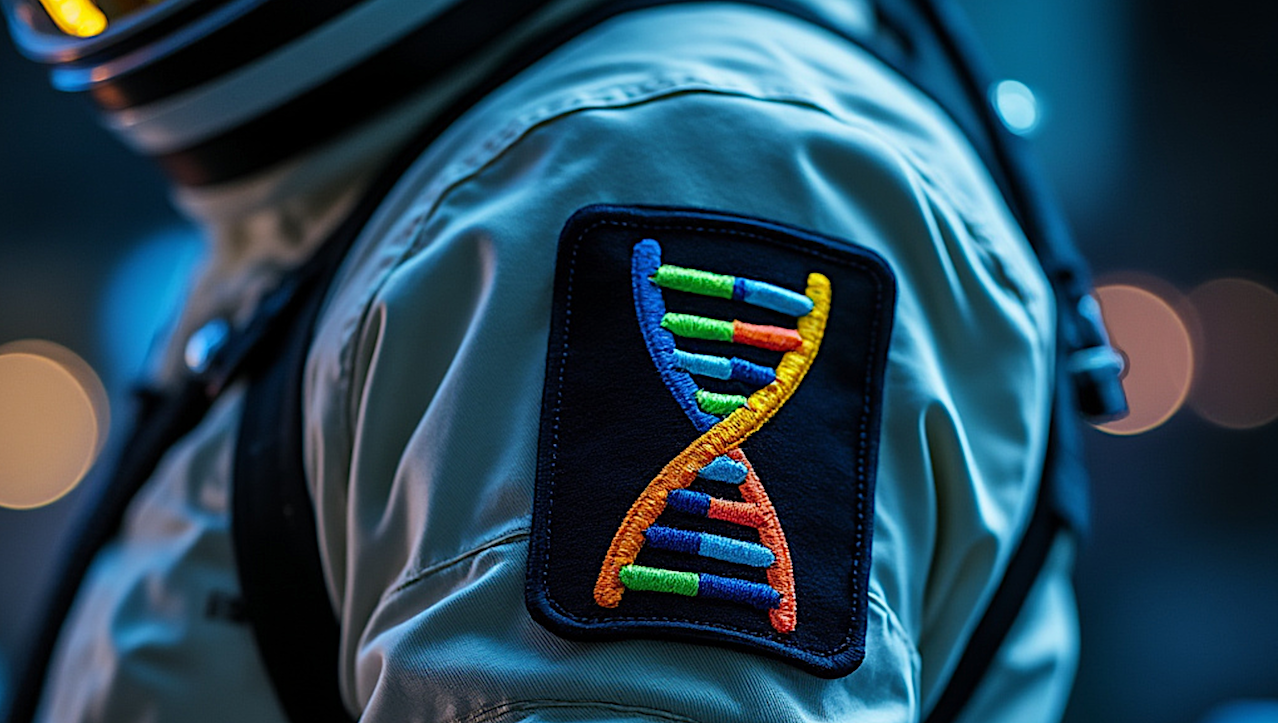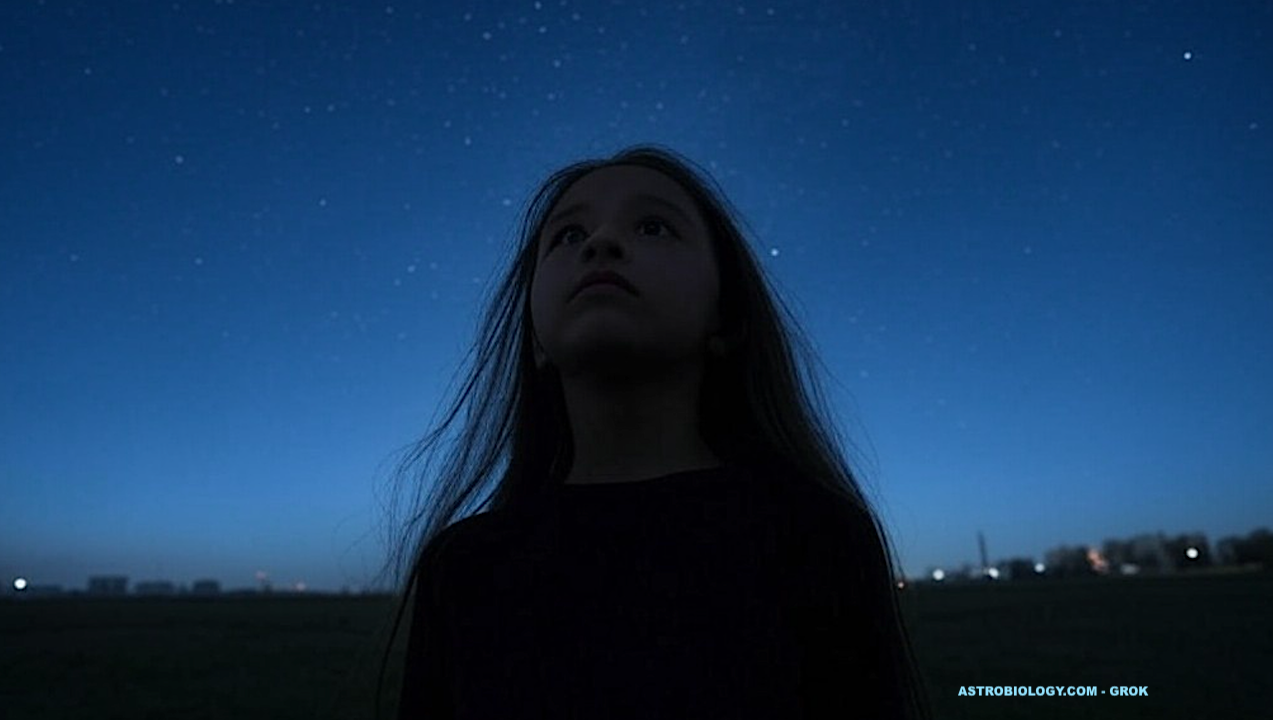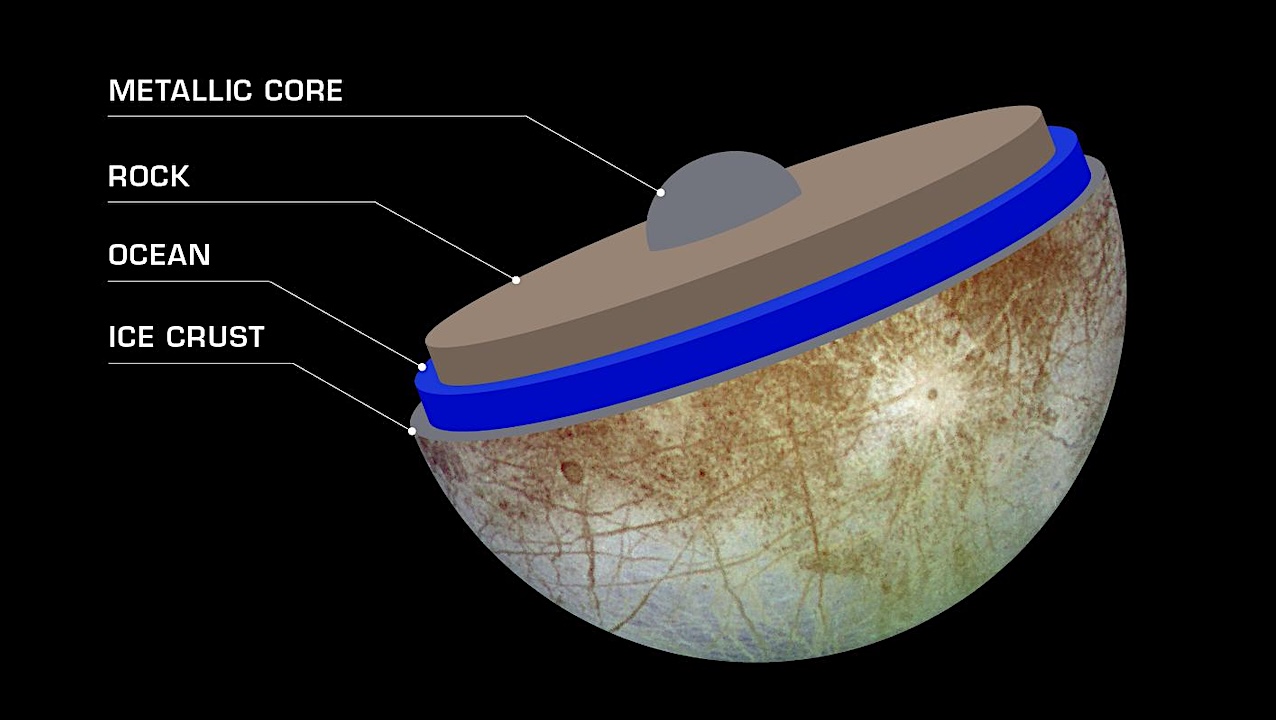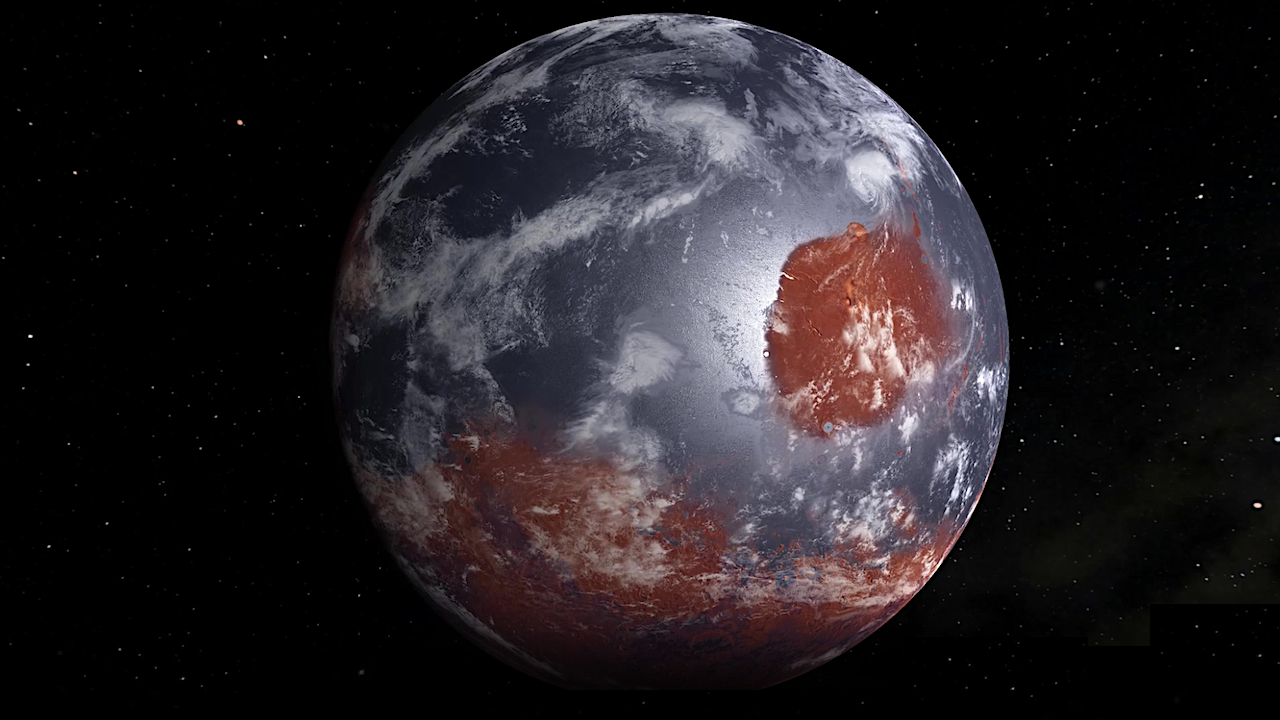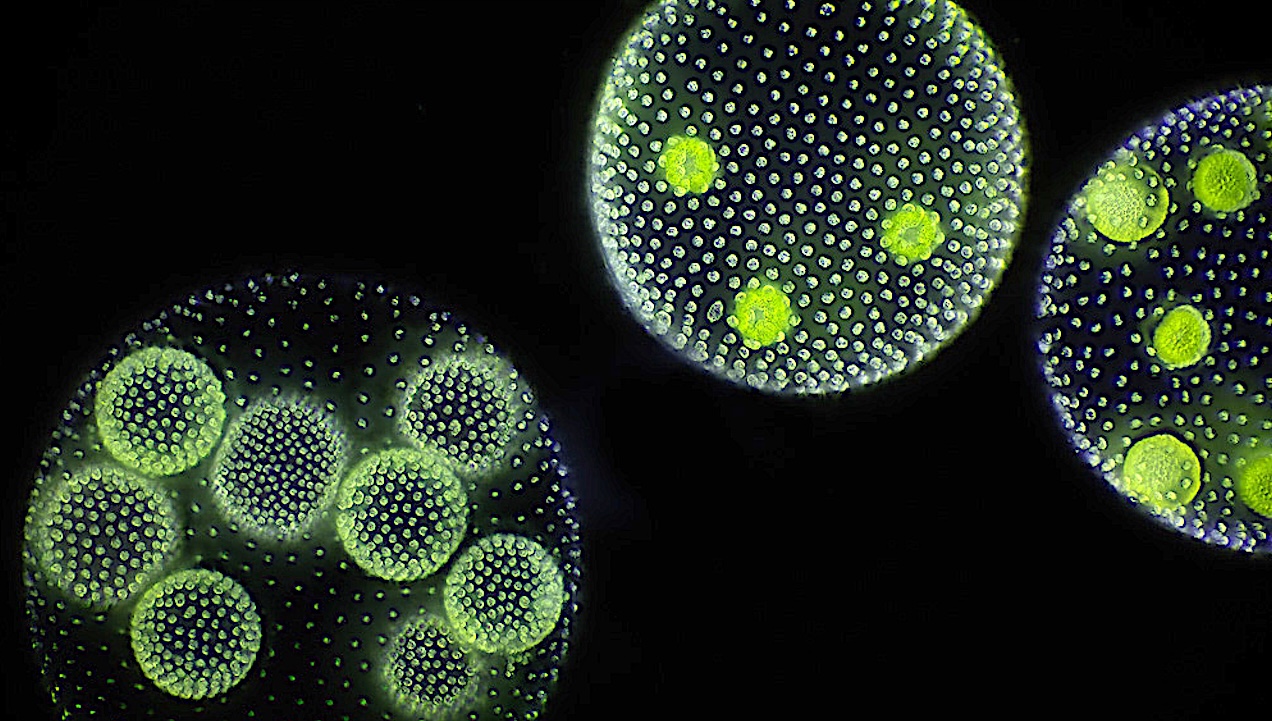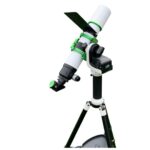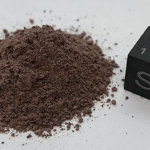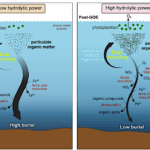This shimmering cosmic curtain shows interstellar gas and dust that has been heated by the flashbulb explosion of a long-ago supernova. The gas then glows infrared light in what is
Astrobiology22- Page
Navigating Uncertainty in Astrobiology Part 1: Careers in Academia Join us for a two-part panel series featuring speakers who will share their experiences navigating careers in either industry or academia.
European Astrobiology Institute (EAI) Academy The EAI ACADEMY is an international educational program organised and broadcasted by the Centro de Astrobiología (CAB), CSIC-INTA, Madrid, with the support of the European
News Summary Archives Status Report Origins 2026 Organizing committee September 17, 2025 Origins 2026 (IAU Symposium 407) Dear colleagues, We are pleased to announce Origins 2026 (IAU Symposium 407), jointly
NASA-DARES 2025 — Grok via Astrobiology.com Opportunity Number: NNH25ZDA002LApplication Deadline: Monday, September 29th, 2025 11:59 PM EDT Short URL: https://go.nasa.gov/ABStrategyRFI The NASA Astrobiology Program is seeking approximately 47 individuals to
Astrobiology And Life, The Cosmos, The Human Story — Grok via Astrobiology.com How does the search for life in the Universe shape the way we see ourselves—and our future? You
Jupiter’s moon Europa is smaller than Earth’s moon yet may contain more than twice as much liquid water as all of Earth’s oceans combined. Scientists believe that under its icy
Press Release September 16, 2025 This is an artist’s model of an early Mars — billions of years ago — which may have had oceans and a thicker atmosphere. It
In the 1970s, the renowned physicist Victor Weisskopf famously developed a research program to qualitatively explain properties of matter in terms of the fundamental constants of physics. But there was
Deep Space Climate Observatory (DSCOVR) satellite’s EPIC maintains a constant view of the fully illuminated Earth as it rotates, providing scientific observations of ozone, vegetation, cloud height and aerosols in
-
 012024 in Review: Highlights from NASA in Silicon Valley
012024 in Review: Highlights from NASA in Silicon Valley -
 02Panasonic Leica Summilux DG 15mm f/1.7 ASPH review
02Panasonic Leica Summilux DG 15mm f/1.7 ASPH review -
 03How New NASA, India Earth Satellite NISAR Will See Earth
03How New NASA, India Earth Satellite NISAR Will See Earth -
 04And Thus Begins A New Year For Life On Earth
04And Thus Begins A New Year For Life On Earth -
 05Astronomy Activation Ambassadors: A New Era
05Astronomy Activation Ambassadors: A New Era -
06SpaceX launch surge helps set new global launch record in 2024
-
 07Space Force plans new ‘Futures Command’ amid pressure to speed up modernization
07Space Force plans new ‘Futures Command’ amid pressure to speed up modernization


